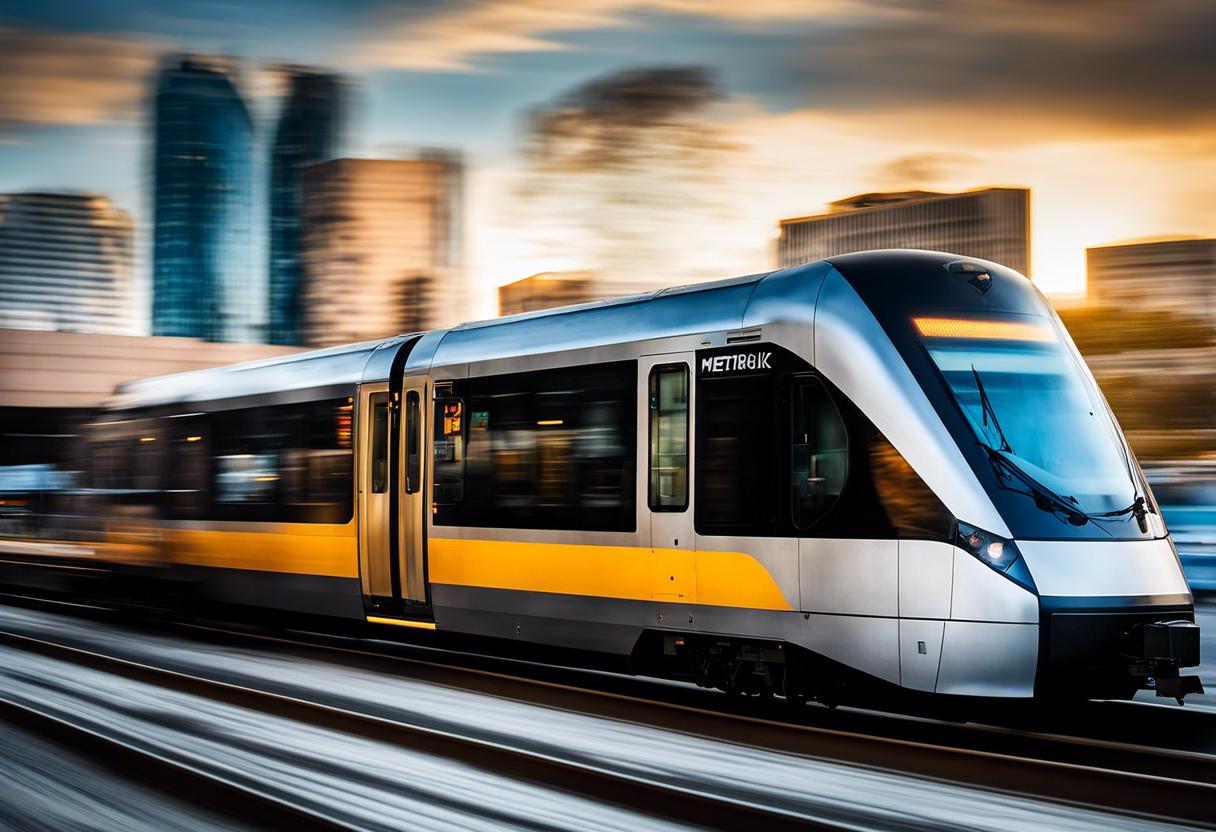It’s pertinent to highlight the veracity of Duncan Stewart’s queries on the economic justifications and environmental consequences of this tremendously high-cost Metrolink scheme. Residing within the vicinity of a Luas park-and-ride halt, I can vouch for the tram’s consistent efficacy in navigating me to the city’s nerve centre. An ideal use of these funds could perhaps be the amplification of Dart and Luas networks, reactivation of some rail lines extending to the current satellite towns such as Navan, and as advocated by several, connecting Dublin Airport with the principal rail network.
Moreover, Dr Avril Challoner, the environmental expert attached to Transport Infrastructure Ireland, who insists that Metrolink’s energy consumption will be solely powered by renewal sources warrants dispute. Considering the present and anticipated availability of electrical storage implications, are we to believe that Metrolink will solely function during sunlit or breezy conditions?
Being accustomed to the State’s precedent in executing large-scale ventures within stipulated timeframes or budgets, it is highly dubious that Metrolink – if undertaken – will differ. I can rather audaciously foresee a human research station being established on the Moon ahead of the railway lines hitting Dublin Airport.
Cognisance needs to be taken of the observations made by esteemed environmentalist and architect, Mr Stewart. He critically pointed out that Metrolink’s design features a narrower rail-gauge, 1,400 mm, hence making the initiative non-compatible with Dart, Intercity and commuter railways within Ireland and Northern Ireland. If the Government had real foresight into the climate emergency and carbon emission reductions, they would capitalise on the current rail infrastructure by integrating the Metrolink proposal with the existing rail gauge. The promising potential for a nascent urban network in Dublin will be squandered if Metrolink were to be an independent line.
Envision the economic and practical rewards of establishing a railway line from Belfast to Saint Stephen’s Green, or journeying with no interruptions from Swords to Bray or Howth to O’Connell Street?
Alongside environmental advantages, the influx of people directly into the city’s core via the rail network would revitalise Dublin, leading to benefits in employment, tourism, and the hospitality sector.
These feats could be accomplished by building Metrolink with a 1,600mm rail gauge and integrating it into the current rail system, with minor branch lines at Clongriffen and Tara Street.
When comparing to the comprehensive London underground system, constructed in part by hand, it’s challenging to muster enthusiasm for independent, unconnected lines that will remain detached from an integrated system.
Before allocating €9.5 billion of taxpayers’ money to a single railway line, the potential benefits of constructing a network by leveraging and optimising the existing rail facilities should be seriously evaluated.
Our lack of foresight will not be appreciated by future generations if we commence as currently planned. Signed Thomas O’Connor, Crumlin, Dublin 12.

